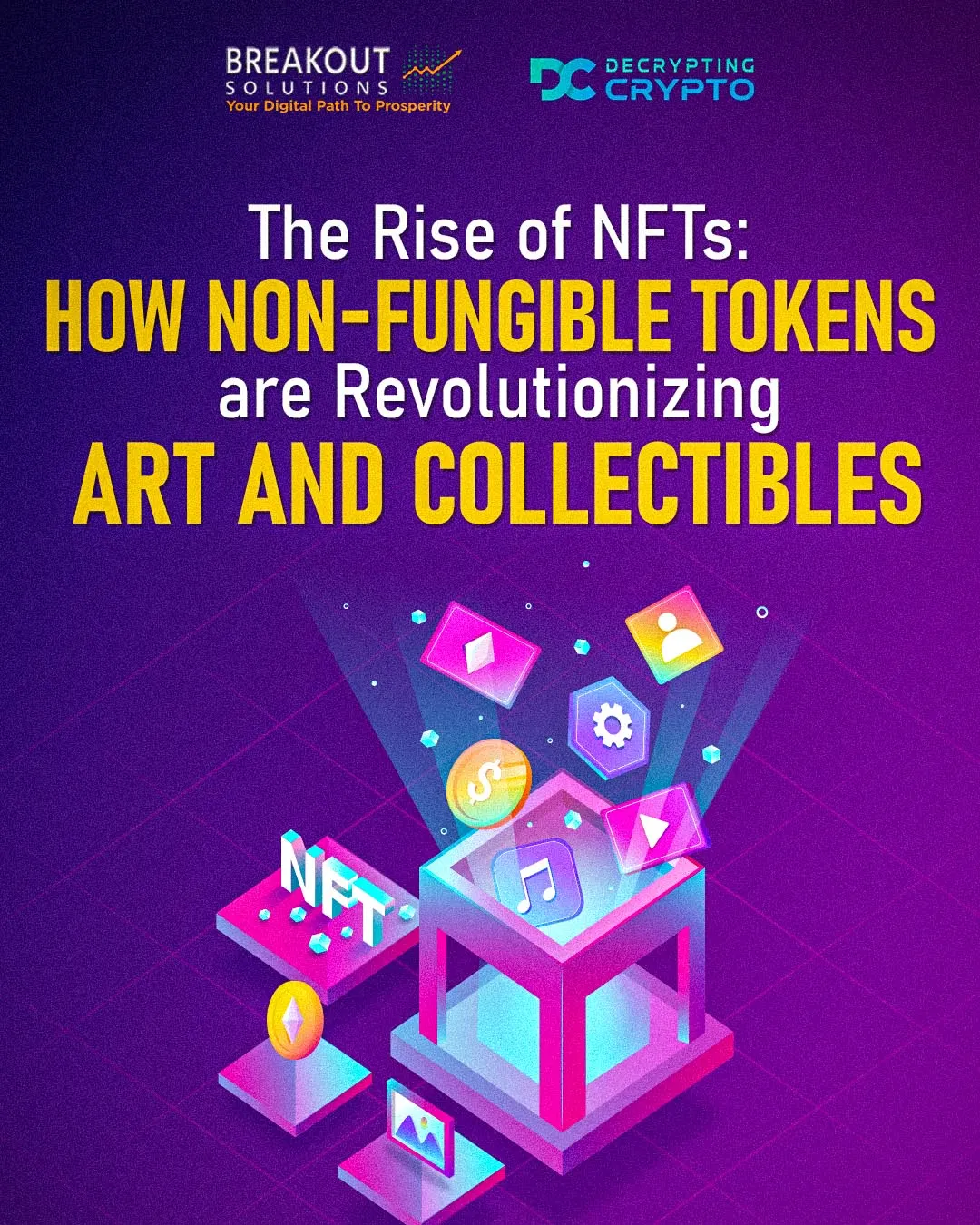The Rise of NFTs: How Non-Fungible Tokens are Revolutionizing Art and Collectibles
Author: JR Foronda

In recent years, the world of art and collectibles has undergone a seismic shift, thanks to the emergence of Non-Fungible Tokens (NFTs). These unique digital assets have captured the imagination of artists, collectors, and investors alike, offering a new way to buy, sell, and own art and collectibles in the digital age. But what exactly are NFTs, and how are they revolutionizing these industries?
Understanding NFTs
NFTs are digital tokens that represent ownership of a unique item or piece of content, stored on a blockchain. Unlike cryptocurrencies such as Bitcoin or Ethereum, which are fungible and can be exchanged for one another, NFTs are one-of-a-kind. This uniqueness makes them ideal for representing digital art, music, videos, and even virtual real estate.
The Impact on Art
- Empowering Artists: NFTs have opened up new revenue streams for artists, allowing them to sell their work directly to collectors without the need for intermediaries. This democratization of the art market has enabled artists to retain more control over their creations and earn royalties on secondary sales.
- Digital Ownership: For the first time, digital art can be owned in a verifiable way. NFTs provide a digital certificate of authenticity, ensuring that the owner possesses the original piece, even if copies exist online.
- Global Reach: Artists can now reach a global audience without the constraints of physical galleries. This has led to a surge in creativity and innovation, as artists experiment with new forms and mediums.
The Impact on Collectibles
- New Collectible Markets: NFTs have expanded the concept of collectibles beyond physical items. Digital collectibles, such as virtual trading cards and in-game assets, have become highly sought after, creating new markets and opportunities for collectors.
- Provenance and Authenticity: Blockchain technology ensures the provenance and authenticity of collectibles, reducing the risk of fraud and counterfeiting. Collectors can trace the history of an NFT, knowing exactly who has owned it and when.
- Fractional Ownership: NFTs have introduced the concept of fractional ownership, allowing multiple people to own a share of a high-value collectible. This has made investing in rare items more accessible to a broader audience.
Conclusion
The rise of NFTs is transforming the art and collectibles industries, offering new possibilities for creators and collectors alike. As technology continues to evolve, NFTs are likely to play an increasingly important role in how we perceive and interact with art and collectibles. Whether you're an artist looking to explore new avenues or a collector seeking unique digital assets, NFTs present an exciting frontier in the digital age.

